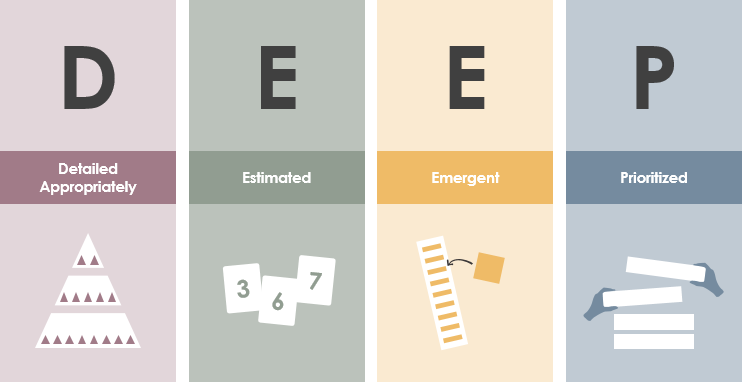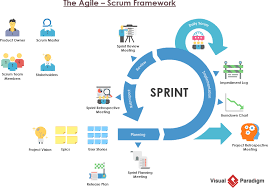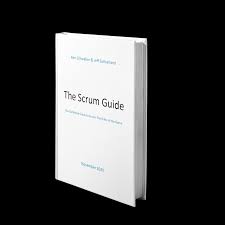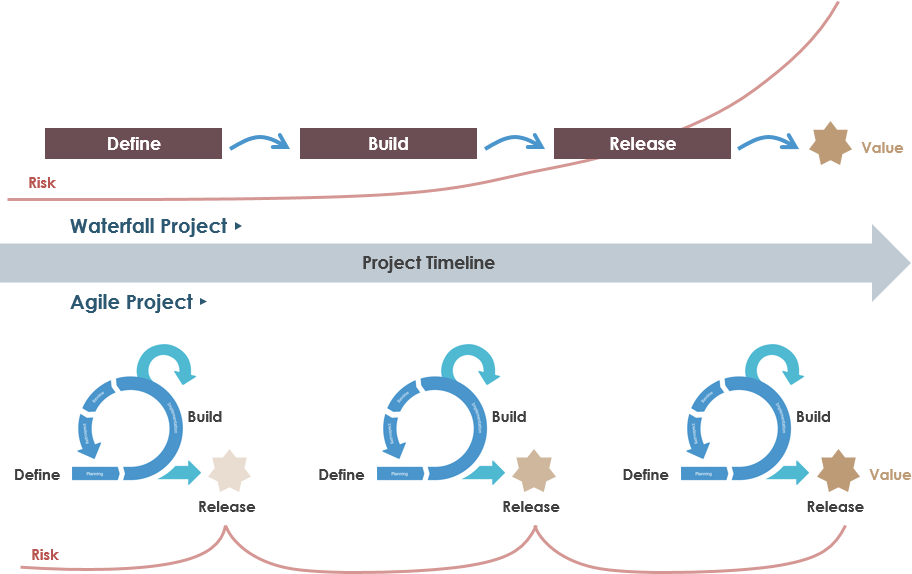The product backlog lists all the features, functions, requirements, enhancements, and fixes required for the product releases. Product backlog projects have the attributes of description (appropriately Detailed), story points (Estimates), and orders (Prioritized). They must be continuously added, deleted, and updated (Emergent) in the backlog, and reflect the understanding of the team backlog in a timely and appropriate manner .
Continue reading









